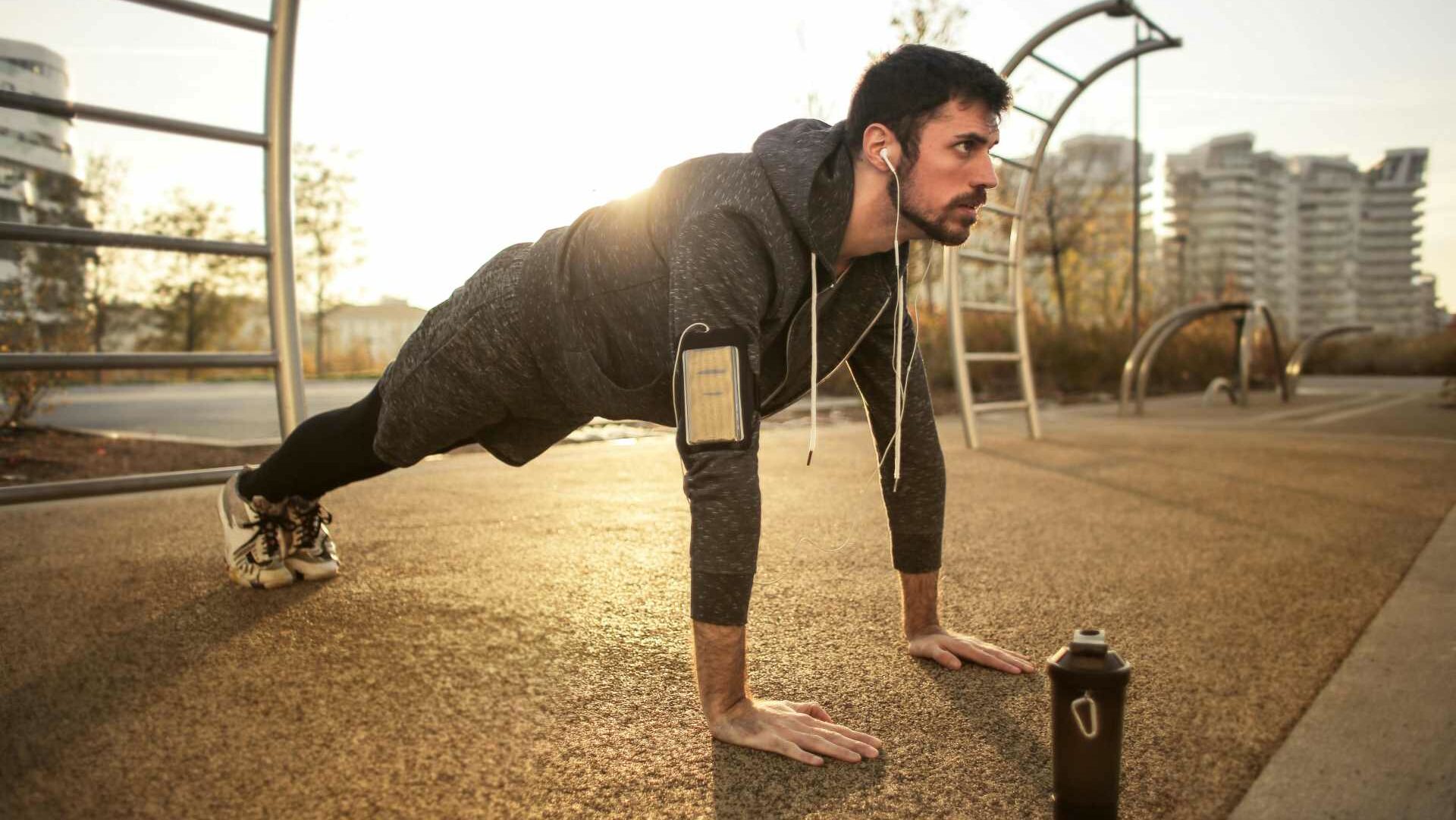Beats, Burn & Biomechanics: Why Music Might Be the Most Powerful Tool in Your Workout
In partnership with Johnson Fitness & Wellness
By Alex Ford

Everyone knows music makes your workout just, well, better. But what if it wasn’t the cherry on top of your workout, but was actually helping to increase your performance?
Research is increasingly showing that music isn’t background noise, it’s workout infrastructure.
And at the intersection of this trend are companies like Johnson Fitness & Wellness, the owners of brands such as Bowflex and Schwinn, big long-time players in the home fitness space, who are now building workouts around music, not just adding it in as an afterthought.
The psychological power of music during exercise has been studied for decades, most notably by Professor Costas Karageorghis of Brunel University London. According to his research, music can reduce perceived exertion by 8–12% during moderate exercise — enough to push further, go longer, and maybe even enjoy it a bit more.
Karageorghis and his team have gone beyond anecdotal claims, diving into the neurophysiology of exercise under musical influence. Their findings? Music can reorganise brain activity to reduce the need for conscious motor control. It literally helps people enter a “flow state” more easily — that elusive psychological zone where effort feels effortless.
During indoor cycling, for instance, the brain’s somatosensory regions — which process fatigue and discomfort — show reduced communication. Less “I’m tired,” more “keep pedalling.”
They’ve also shown that music can make us more energy-efficient. In one study, recreational cyclists using music used 6% less oxygen than those without — doing the same work, just with less physiological cost.
So how does this science translate into real-world workouts?
Take the new Bowflex T9 treadmill, part of the company’s next generation of smart cardio equipment. While the T9 features all the expected innovations — adaptive workouts, real-time feedback, and streaming capabilities — its deeper integration with JRNY®, Bowflex’s digital platform and its ability to link to both Samsung and Apple watches, hints at a more sensory-aware future.
With Johnson Digital workouts runners aren’t just guided through workouts; they’re immersed in them. Music is tied into effort and pace, with suggestions shaped by previous sessions. The result feels less like a workout app and more like a bespoke training soundtrack with a coach attached.
It’s subtle — and that’s the point. “We want people to feel like they’re being carried through the session,” says Antony Stewart, Digital Fitness Director at Johnson Fitness & Wellness, which owns the Bowflex and Schwinn brands. “The music isn’t just motivational, it’s functional. It’s structured to help you move more naturally, and feel less taxed doing it.”
Stewart has actually gone a step further with BeatFit, a new app designed around something Stewart calls music differentiation.
“The idea is simple,” he explains. “If you’re doing intervals — say 30 seconds of hard work, 90 seconds of rest — then the music should reflect that structure. It shouldn’t be one long, uniform mix. You should feel the shift between intensity and recovery.”
The app perfectly rearranges the music to follow the tempo, energy and rhythm of a given workout. It’s not about catchy hooks or chart-toppers. It’s about making your lungs burn less and your body move better.
And according to early tests, it works. In a small trial Stewart ran during his research, participants reported significantly lower perceived exertion during workouts with structured, differentiated playlists than with standard music or silence, even though they worked harder.
Individuality is key in a workout. Not everyone wants to sprint to techno or climb to hip-hop. BeatFit and Johnson Digital aim to deliver the right structure, not just the right style — even using neutral or unfamiliar music to sidestep taste bias.
“One person’s hype track is another’s nightmare,” says Stewart. “So we focus on tempo, structure, and feel. Sometimes that means using music that no one’s heard of, so no one’s distracted by lyrics or memories. It’s about physiological effects, not personal nostalgia.”
Of course, emotion still matters. Music taps into memory, identity, and mood.
That’s why some of the most popular gym playlists today, like Spotify’s Beast Mode (with 5 million monthly listeners), still rely on a blend of algorithm and human curation.
So, Does It Work?
If your playlist feels more important than your pre-workout, you’re not imagining it. Music may not replace discipline or training, but it can tip the balance — particularly on days when motivation lags.
And with the integration of music into platforms like JRNY and apps like BeatFit, the future of fitness may be one where workouts are scored like films: emotionally resonant, physiologically tuned, and deeply individual.
As Stewart puts it: “Most people don’t want to think about the physical feedback from the body during exercise. They want to feel transported… — like they’re at a party, not in pain. That’s what the right music can do. It takes you away from the discomfort, and suddenly, you’re just… in the flow.”
That’s not just science. That’s magic.
